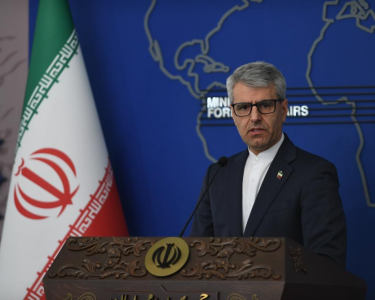
Images released by the Russian Emergency Situations Ministry show heavy localized flooding
MOSCOW, Oct 21 (NNN-AGENCIES) — Three officials at a gold mine in Siberia where 15 people died after a dam collapsed were arrested on Sunday, the Russian authorities said.
“The head of the gold mining company Sissim and the manager and foreman of the mining site have been arrested,” the Investigative Committee, a powerful inquiry agency, said in a statement.
The three have been taken to Krasnoyarsk for questioning, it said.
In addition to the 15 deaths, six people were listed as missing on Saturday after the dam on the Seiba River burst and flooded cabins where workers were living.
The Investigative Committee said raids had been carried out on the company’s premises.
“Violations committed during gold mining” were being considered as the lead cause of the accident, it said.
Officials said the dam had been built in breach of safety rules and claimed that the authorities were not even aware of its existence.
A search operation has been launched but bad weather has prevented the use of aviation, the Emergency Situations Ministry for the Krasnoyarsk Region said.
The ministry released images of first responders arriving in the remote region of Shchetinkino by helicopter to conduct search and rescue operations.
As of Saturday evening, about 300 people were involved, including teams with police dogs and divers.
According to the Emergencies Ministry, 174 people lived in the settlement. Fifteen were killed, nine were hospitalized and six remain missing. The rest of the settlement was evacuated and placed in temporary accommodation centers, the ministry said.
Krasnoyarsk Governor Alexander Uss said lax construction standards and weather conditions were among the possible causes of the dam break, Russian state news agency RIA-Novosti reported.
The dam belongs to a company called Sibzoloto, the agency reported.
The tragedy drew fresh attention to mining practices in Russia, which holds some of the largest gold reserves in the world.
It extracted nearly 300 tonnes last year, mostly by large companies.
Other production comes from artisanal teams involved in alluvial production, using techniques that environmentalists say badly damages river life. — NNN-AGENCIES




